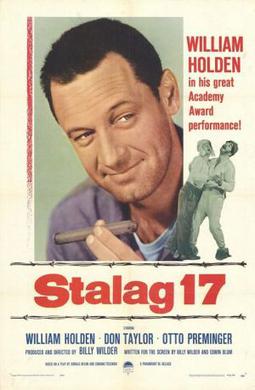 |
| Charles Coburn, William Eythe, and Tallulah Bankhead in A Royal Scandal |
Chancellor Nicolai Ilyitch: Charles Coburn
Lt. Alexei Chernoff: William Eythe
Countess Anna Jaschikoff: Anne Baxter
Marquis de Fleury: Vincent Price
Capt. Sukov: Mischa Auer
Gen. Ronsky: Sig Ruman
Director: Otto Preminger
Screenplay: Edwin Justus Mayer, Bruno Frank
Based on a play by Lajos Biró and Melchior Lengyel
Cinematography: Arthur C. Miller
Costume design: René Hubert
Sometimes it's better not to know too much about a movie, for example the fact that A Royal Scandal was to be directed by Ernst Lubitsch and Greta Garbo almost made one of her many rumored comebacks as Catherine the Great. Might have been tends to distract us from what was: a more-than-passable comedy about the goings-on in the court of the Empress of all the Russias. It was a notorious flop, however, and essentially ended any hopes Tallulah Bankhead might have had for screen stardom after her much-praised performance in Lifeboat (Alfred Hitchcock, 1944). The film was savaged by the often unreliable but enormously influential Bosley Crowther in the New York Times: He called it "oddly dull and generally witless," though he faulted the script rather than Bankhead and the cast. I still think that if you go into A Royal Scandal with diminished expectations, you can find some fun in it. True, the script drags a little, and the central palace intrigue -- a plot to overthrow the empress -- is rather muddled in the setup. But it has some clever lines, and it has Bankhead and Charles Coburn to deliver them. William Eythe, a kind of second-string Tyrone Power, handles well his role as the naive soldier captivated by the empress, showing some shrewd comic timing, and Anne Baxter, as his fiancee and Catherine's lady-in-waiting, represses her tendency to overact. The faults in the film are generally more due to the director than the script. In Lubitsch's hands the romance might have been wittier and the comic-opera complications of the plot more effervescent. Otto Preminger, who took over after Lubitsch suffered a heart attack, was not the man for the job. As he showed with his first big hit, Laura (1944), Preminger was greatly gifted at handling scheming nasties and noirish perversities, but he was never one for costume-drama frivolities. What success he has with A Royal Scandal comes from giving a capable cast the reins.
Filmstruck

